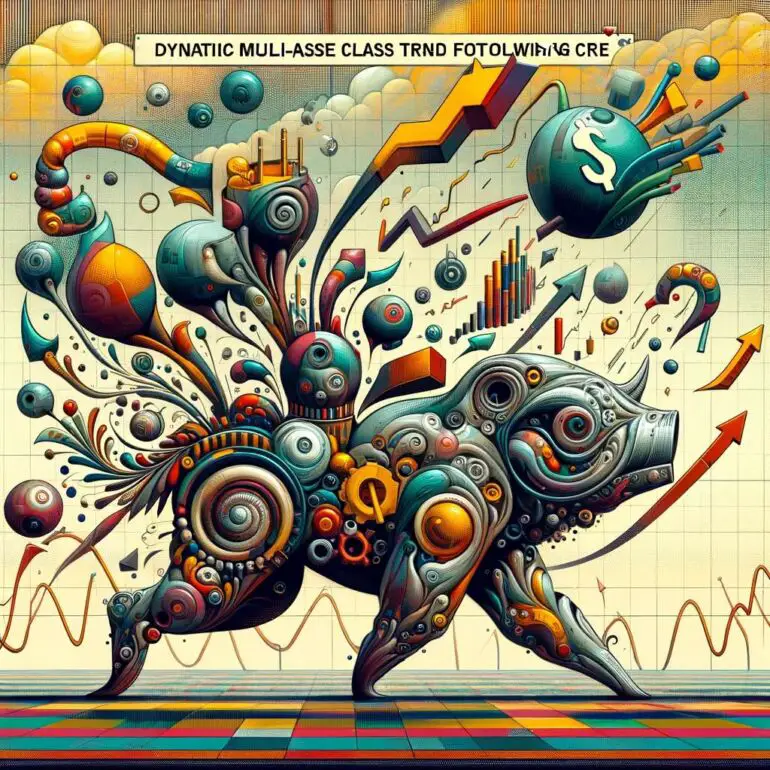There comes a point in time in your life when you realize that following the herd is a bad idea.
If health, fitness and anti-aging protocols are of primary concern then following a standard American diet and sedentary lifestyle is far from bueno.
A life committed to a forty hour plus workweek in a soul-sucking job in tandem with a conspicuous consumption lifestyle isn’t the yellow brick road to fulfilment and happiness.
And the industry standard 60/40 portfolio is at best a mediocre attempt at asset allocation in the sense that it’s all fine and dandy during times of prosperity but is clearly suboptimal during other more challenging economic regimes.
There are clearly better ways to compound my friends.
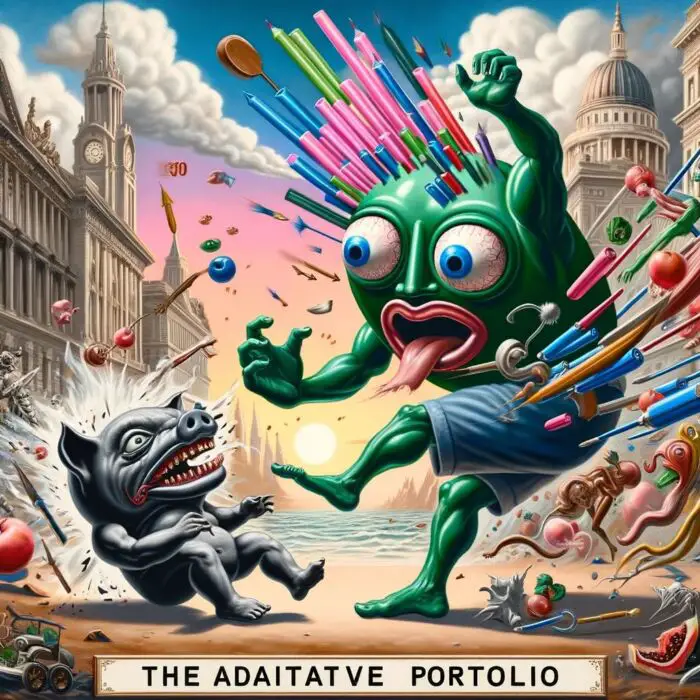
Fortunately, we’re joined today by a guest who has assembled one of the best all weather / all-season approaches to constructing an adaptive portfolio that is prepared for all economic regimes.
I’m thrilled to have Eric Crittenden of Standpoint Funds join us to take part in the “How I Invest” series on Picture Perfect Portfolios.
His long equity plus adaptively dynamic multi-asset class trend-following systematic style of investing has thrived since he launched his BLNDX – REMIX mutual fund.
It’s better known as Standpoint Multi-Asset Fund.
It’s beaten the tar out of a milquetoast 60/40 portfolio since its inception.
Standpoint Multi-Asset Fund vs Vanguard Balanced Index
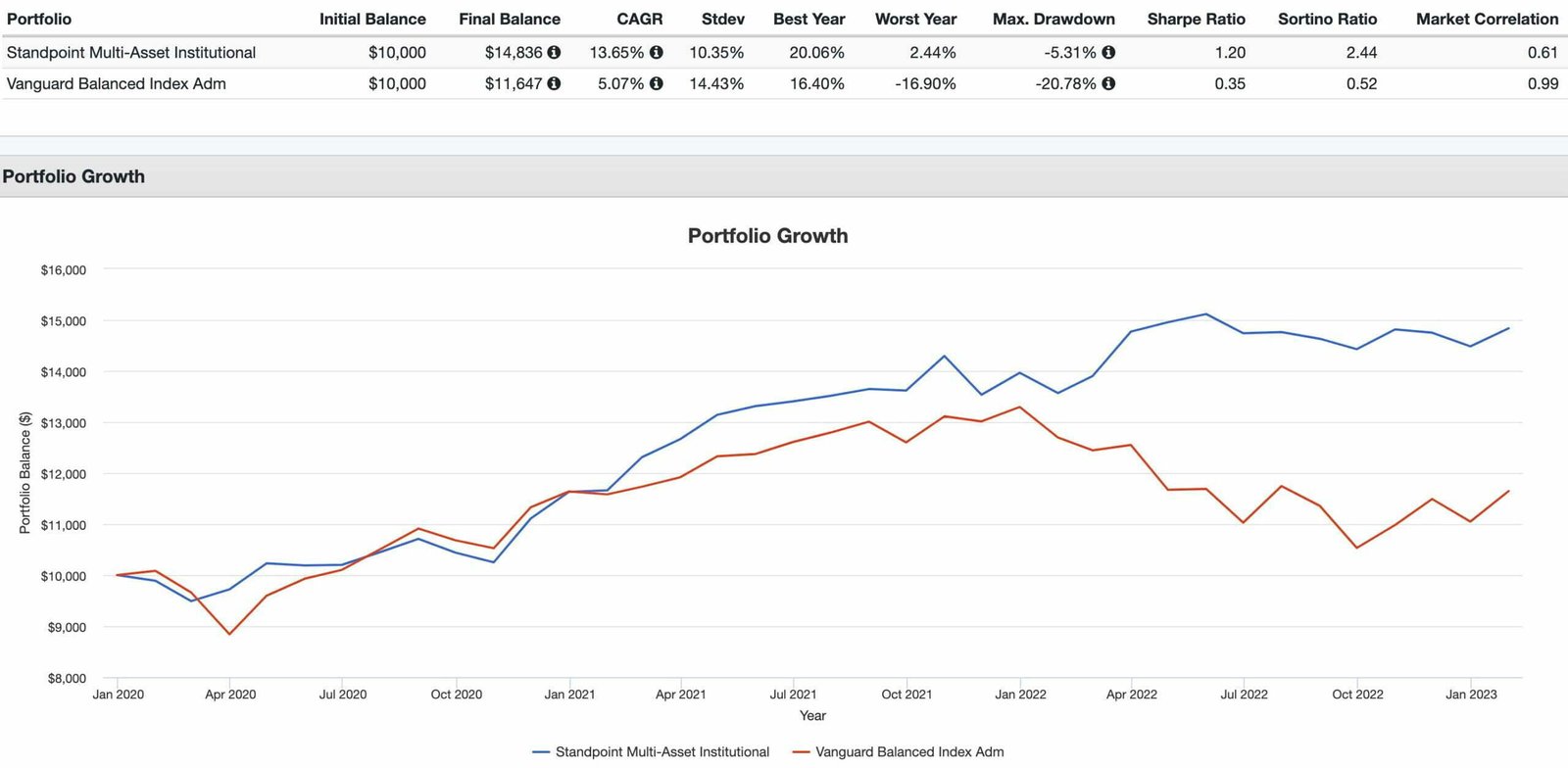
Better yet, it has adaptively handled all of the challenges thrown its way.
Consider March 2020 (beginning of the pandemic) and 2022 as the ultimate example of how it adapted to turbulent market conditions whereas the static 60/40 portfolio rigidly floundered.
The strategy of Eric’s fund and his specific style of investing is fascinating but he’s also one of the most astute and self-aware people in the industry.
He understands the challenges investors face in terms of sticking with non-traditional investing strategies.
In many regards, his fund addresses those concerns head on by combining a long-only equity strategy (what most investors are familiar with) with an adaptive trend-following approach (what many investors don’t realize that they need) in a manner that allows them to stay the course.
Let’s turn things over to Eric Crittenden to find out more.
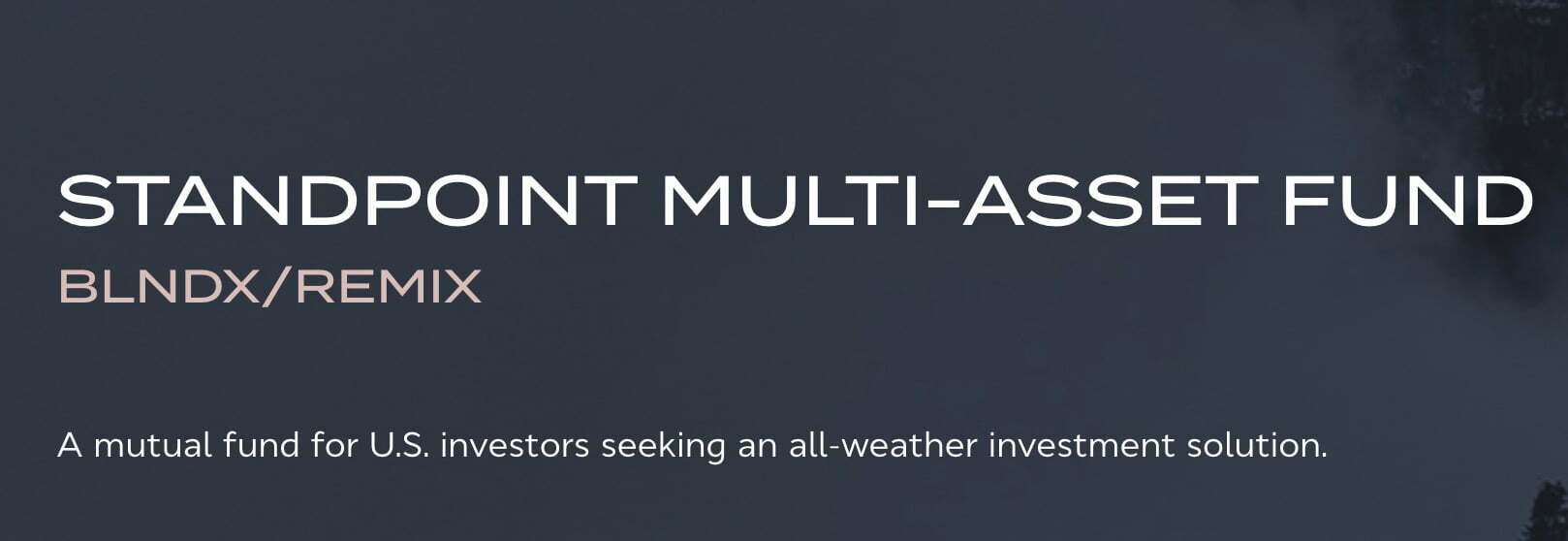
Meet Eric Crittenden of Standpoint Funds
Today I think people would describe me as a practical contrarian, someone who does not constantly fight the status quo, but expects it to be horribly wrong at times, and seeks to be prepared.
In college I studied meteorology, public health, economics, finance, and computer science.
The courses/topics that influenced my career most are cognitive biases and critical thinking (psychology), database design and array math (computer science), non-linear systems (meteorology and public health), supply/demand and integrated systems (economics), time value of money and compound interest (finance).
My first jobs out of college were analytical in nature.
I worked for a large family office and then a couple of different hedge funds, mainly down in the trenches of accounting, programming, database management, and research.
Eventually I realized my passion was in designing complete systems and portfolio management methods that emphasized durability and resilience.
I had to start my own firm to pursue this fully.

How I Invest with Eric Crittenden of Standpoint Funds: A Globally Diversified Dynamic Multi-Asset Class Trend Following Approach

Hey guys! Here is the part where I mention I’m a travel content creator! This “How I Invest” interview is entirely for entertainment purposes only. There could be considerable errors in the data I gathered. It is important to do your own research when it comes to alternative funds and investments. This is not financial advice. Do your own due diligence and research. Consult with a financial advisor.

These asset allocation ideas and model portfolios presented herein are purely for entertainment purposes only. This is NOT investment advice. These models are hypothetical and are intended to provide general information about potential ways to organize a portfolio based on theoretical scenarios and assumptions. They do not take into account the investment objectives, financial situation/goals, risk tolerance and/or specific needs of any particular individual.
Understand Your Edge, Manage Risk and Have Realistic Expectations
Who were your greatest influences as an investor when you first started to get passionate about the subject?
How have your views evolved over the years to where you currently stand?
If you had to recommend a handful of resources (books, podcasts, white-papers, etc) to bring others up to speed with your investing worldview what would you recommend?
My biggest influences were primarily people that focused on managing risk, understanding your edge, and having realistic expectations.
Tom Basso and Charlie Munger come to mind immediately.
Studying firms like AHL, Transtrend, Millburn, and Chesapeake also expedited my learning.
Some of my views have changed since I first entered the industry.
I used to fall victim to something I call the “smallcap bias”.
It is the belief that for something to be valuable, it must be scarce. I spent years pursuing esoteric “opportunities” in small, hard to trade, markets.
After an evaluation of my results, and considering the excellent results of firms that are too large to meaningfully participate in such markets, I was comfortable accepting that scarcity hasn’t translated into significant value in this context.
Another faulty view I held was the result of something I call “complexity bias”.

I’ve made it a point to critically analyze both success and failure in my industry.
To this day I’m still surprised to find that successful firms generally do 1 to 3 relatively simple things well, while unsuccessful firms often fail because of some unexpected fragility in their complex processes.
I’m convinced that simple (not necessarily easy) is a better foundation than complex.
As for podcasts and white papers, the folks at Resolve Asset Management, Newfound Research, Mutiny Fund and RCM do a great job producing educational materials.
Regarding authors, I’ve really enjoyed books from Michael Covel, Tom Basso, Andreas Clenow, Antti Ilmanen, John Mauldin, and Michael Mauboussin.

Mental Models: In Pursuit Of Objective Truth
Aside from investing influences, what real life events have molded your overall views as an investor?
Was it something to do with the way you grew up?
Taking on too much risk (or not enough) early on in your journey/career as an investor?
Or just any other life event or personality trait/characteristic that you feel has uniquely shaped the way you currently view yourself as an investor.
Education.
Travel.
Work Experience.
Volunteering.
A major life event.
What has helped shape the type of investor you’ve become today?
I grew up in a military family that frequently moved around the country.
I went to 10 different schools in 12 years, spread out over the west coast, mid-west, and the south.
Very early in life I learned that adults have high-conviction beliefs that conflict by region.
For example, I was taught three different versions of the causes of the American Civil War, that couldn’t all be objectively true.
The cognitive dissonance experienced as a child caused me to develop a mental framework for accumulating knowledge, in such a way that objective facts are treated as special, while subjective narratives and opinions are kept separate, and challenged.
I wish I could claim this framework served me well in all aspects of life, but that was not the case.
In social situations, especially when there is a strong bureaucracy involved, pursuit of objective truth is not the path to making friends and allies.
It turns out most people do not like having their beliefs questioned.

Who would have guessed that?
Unable to abandon my mental models, I eventually migrated toward hobbies and disciplines that were less hostile to the pursuit of objective truth.
Over time I evolved into a patient, disciplined person that was willing and able to bear responsibility for results.
Systematic investing was a perfect fit for me.
source: Louis Llanes on YouTube with managed futures expert Eric Crittenden

Partner With Reliable People And Let Them Help You
Imagine you could have a three hour conversation with your younger self.
What would you tell the younger version of yourself in order to become a better investor?
I would tell my younger self the following:
- The consensus view is wrong at critical inflection points; objective truth is right
- Trust the foundation you build; don’t keep redoing the same work
- Partner with reliable people and let them help you; scale requires teamwork
- The status quo bureaucracy isn’t your enemy; it’s the reason your edge is enduring
- Markets are ecosystems, contribute in a productive manner to earn a sustainable risk premium

Dynamically Structured Portfolio Focused On Trend-Based Investments
Let’s pop the hood of your portfolio.
What kind of goodies do we have inside to showcase?
Spill the beans.
How much do you got of this?
Why did you decide to add a bit of that?
If you’d like to go over every line-item you can or if would be easier to break your portfolio into categories or quadrants that’s another route worth considering.
When do you anticipate this portfolio performing at its best?
Much of our portfolio is dynamically structured with a focus on trend-based investments.
This means that its composition changes as market conditions evolve, and new opportunities arise.
We seek to include a wide range of global asset classes in our portfolio, including commodities, currencies, equities, and bonds.

This helps to reduce the overall risk in the portfolio and to increase opportunities in different types of market environments.
Many commodity markets, such as natural gas, cotton, coffee, cocoa, and carbon credits, have demonstrated valuable diversification qualities due to their unique price behavior relative to other asset classes.
In 2020, during the outbreak of COVID-19, our short exposure to energy markets, including crude oil, gasoline, and heating oil, significantly benefited the portfolio.
Similarly, in 2022, our ability to be short global bonds and various currencies was also a significant contributor to the portfolio’s performance.
It’s hard to say when our portfolio would perform best or worst.
In my experience those words are subjective and mean different things to different people.
Our strategy was designed to remove as much uncompensated cyclical risk as is reasonably possible.
The goal is to be effective at compounding wealth in a risk-managed, highly diversified manner, over time.
source: Mutiny Fund on YouTube with trend-follower Eric Crittenden

Systematic, Risk Managed, Multi-Asset Investing Is Not What You See In The Movies
What kind of investing skills (trading, asset allocation, investor psychology, etc) are necessary to become good at the style of investing you’re pursuing?
Is there a certain type of knowledge, experience and/or personality trait that gives one an advantage running this type of portfolio?
I would describe these people as “intuitive engineers”.
People that can build things, evaluate them, and understand how the parts work together.
Skeptics, that stress test things and prepare for the worst-case scenarios.
Self-motivating individuals that seek responsibility and accountability but also demand the authority and flexibility to do things “right”.
A solid understanding of the cognitive biases that plague the industry is a must.
Finally, I would point out that the lack of a need for excitement and drama is probably essential too.
Systematic, risk-managed, multi-asset investing is not what you see in the movies.
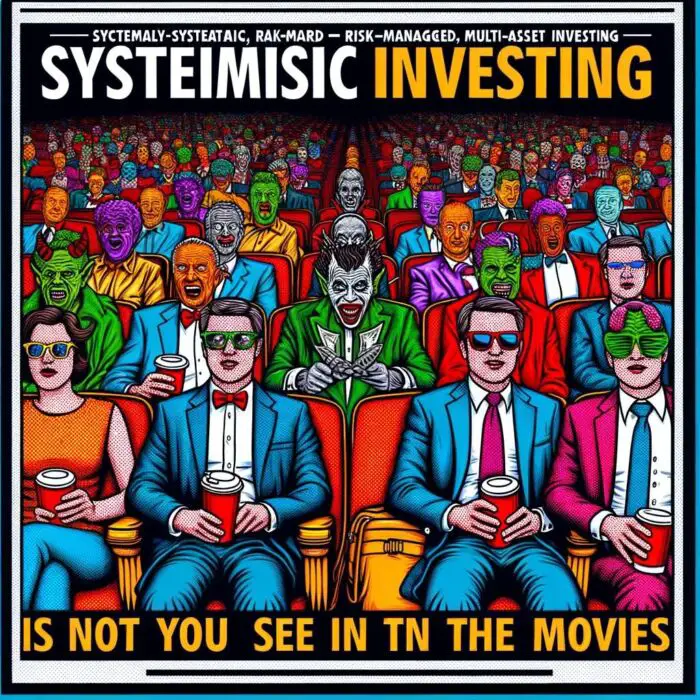

Targeted Level Of Volatility: Lower or Raise Your Risk Level
What would be a toned down version of your portfolio?
Something that’s a bit watered down.
Conversely, what would be a more aggressive version of your portfolio, if someone were willing to take on more risk for a potentially greater reward?
The simple answer would be to lower/raise our targeted risk level.
Systematic programs like ours generally have some targeted level of volatility or drawdown that can easily be set, like a thermostat, to the desired value.
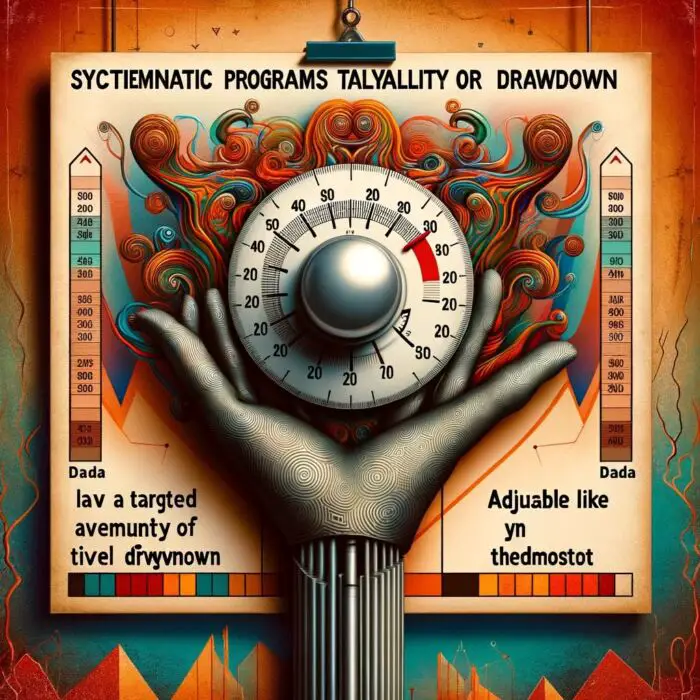

Inability To Learn From Others’ Failures = Largest Inefficiency In The World
What do you feel is your greatest strength as an investor?
What is something that sets you apart from others?
Conversely, what is your greatest weakness?
Are you currently trying to address this weakness, prevent it from easily manifesting or simply doubling down on what it is that you’re great at?

I think my greatest strength is the ability to learn from failure, particularly vicariously, through the experiences of others.
The inability to learn from others’ failures is probably the largest inefficiency in the world.
Learn what clearly doesn’t work and then go another way in search of opportunities.
Another strength is my willingness to do nothing, when warranted, which is often.
It’s harder than it sounds, especially in an industry where the “illusion of progress” is the foundation of most marketing departments.
Charlie Munger probably does the best job of articulating the importance of not meddling when things are working.
My greatest weakness is probably the “small cap” bias mentioned in a prior answer. That one will probably stay with me forever since it’s true in most aspects of life.
source: ReSolve Asset Management on YouTube with guest Eric Crittenden

Psychologically Uncomfortable Act Of Buying Rising Markets & Selling Falling Markets
What’s something that you believe as an investor that is not widely agreed upon by the investing community at large?
On the other hand, what is a commonly held investing belief that most in the industry would agree with that rubs you a bit differently?
Trend following approaches are profitable because they provide liquidity to hedgers.
Professional hedgers are not profit-seeking participants in the markets.
They generally seek negative correlation to some aspect of their business that is profitable.
Hedgers generally sell rising markets to lock-in profit margins and buy falling markets to lock-in input costs.
This form of hedging shares the “risk transfer” characteristics of insurance, which generally is not a free service.
Trend following participants perform the psychologically uncomfortable act of buying rising markets and selling falling markets.
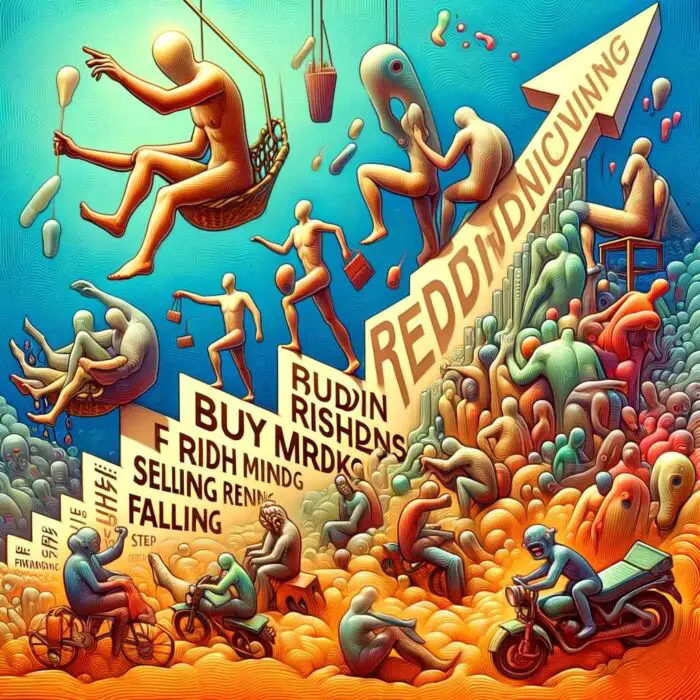
The result is a symbiotic relationship in which a risk premium flows from the hedgers to the trend followers over time.
That is my belief.
It can not be proven.
Any evidence is circumstantial since the markets are anonymous.
This, in my opinion is a good thing.
If it were provable, more people would do it, and my margins would shrink.
A commonly held industry belief that I do not share is that a buy and hold portfolio comprised of equities and bonds is suitable for nearly all investors.
I understand why people feel this way.
Such a portfolio is convenient, scalable, reasonably tax efficient, and has worked well in most market environments over the last 40 years.
My objections are twofold.
1) The widespread acceptance of a default equity/bond portfolio occurred during a period of declining interest rates, which strongly enhanced the returns from bonds, 2) In the 40 years prior to 2022, investors have not experienced a period when equities and bonds declined, meaningfully, in value at the same time.
There is no rule that equities and bonds must be uncorrelated.
I don’t seek to belittle an equity/bond portfolio, I just think it’s incomplete.
There is more diversification to be had from other asset classes.

Careful To Avoid Meddling With A Process That’s Delivering The Desired Results
What’s a subject area in investing that you’re eager to learn more about?
And why?
If you knew more about that particular topic would it influence the way you’d construct your portfolio?
We are very comfortable with our strategy the way it is.
Research is always an ongoing process, especially when it comes to evaluating new, emerging futures markets.
However, we are very careful to avoid meddling with a process that’s already delivering the desired results.
source: Blockworks Macro on YouTube

The Portfolio Eric Crittenden Would Never Own
What would be the ultimate anti-Eric Crittenden portfolio?
Something you’d never own unless you were duct-taped to a chair as a hostage?
What about this portfolio is repulsive to you?
Conversely, if you were forced to Steel Man it, what would potentially be appealing about the portfolio to others?
What is so alluring about it?
The ultimate anti-me portfolio would consist of most forms of arbitrage, discretionary stock picking, and standard venture capital strategies.
These types of strategies do not appeal to me primarily because they tend to be highly correlated with equities during bear markets.
I suspect the popularity of these types of strategies has to do with their ability to be paired with convincing narratives.
I’m sure they serve a purpose in the marketplace; it just isn’t to diversify equity risk.
source: Trend Following on YouTube

Connect With Eric Crittenden Of Standpoint Funds
Thanks so much for taking part in the “How I Invest” series!
How can others connect with you on social media and other platforms that you run?
My pleasure. I love your work.
People can find out more at:
Standpoint Funds: https://www.standpointfunds.com/
Twitter: https://twitter.com/StandpointFunds
LinkedIn: https://www.linkedin.com/company/standpoint-asset-management/
YouTube: https://www.youtube.com/@standpointfunds

Nomadic Samuel Final Thoughts
I want to personally thank Eric Crittenden for taking the time to participate in the “How I Invest” interview series by contributing thoughtful answers to all of the questions!
I’d highly recommend checking out Eric’s previous contribution to the “Investing Legends” series where we covered “Trend Following and All Weather Investing“.
I’ve also reviewed Eric’s flagship mutual fund BLNDX REMIX: Standpoint Multi-Asset Fund.
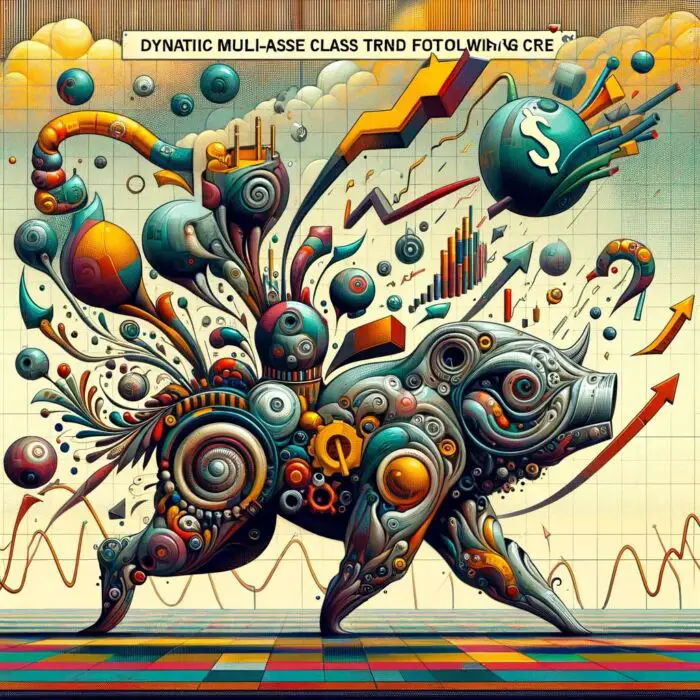
If you’ve read this article and would like to be a part of the interview series feel free to reach out to nomadicsamuel at gmail dot com.
That’s all I’ve got!
Ciao for now!
Important Information
Investment Disclaimer: The content provided here is for informational purposes only and does not constitute financial, investment, tax or professional advice. Investments carry risks and are not guaranteed; errors in data may occur. Past performance, including backtest results, does not guarantee future outcomes. Please note that indexes are benchmarks and not directly investable. All examples are purely hypothetical. Do your own due diligence. You should conduct your own research and consult a professional advisor before making investment decisions.
“Picture Perfect Portfolios” does not endorse or guarantee the accuracy of the information in this post and is not responsible for any financial losses or damages incurred from relying on this information. Investing involves the risk of loss and is not suitable for all investors. When it comes to capital efficiency, using leverage (or leveraged products) in investing amplifies both potential gains and losses, making it possible to lose more than your initial investment. It involves higher risk and costs, including possible margin calls and interest expenses, which can adversely affect your financial condition. The views and opinions expressed in this post are solely those of the author and do not necessarily reflect the official policy or position of anyone else. You can read my complete disclaimer here.

